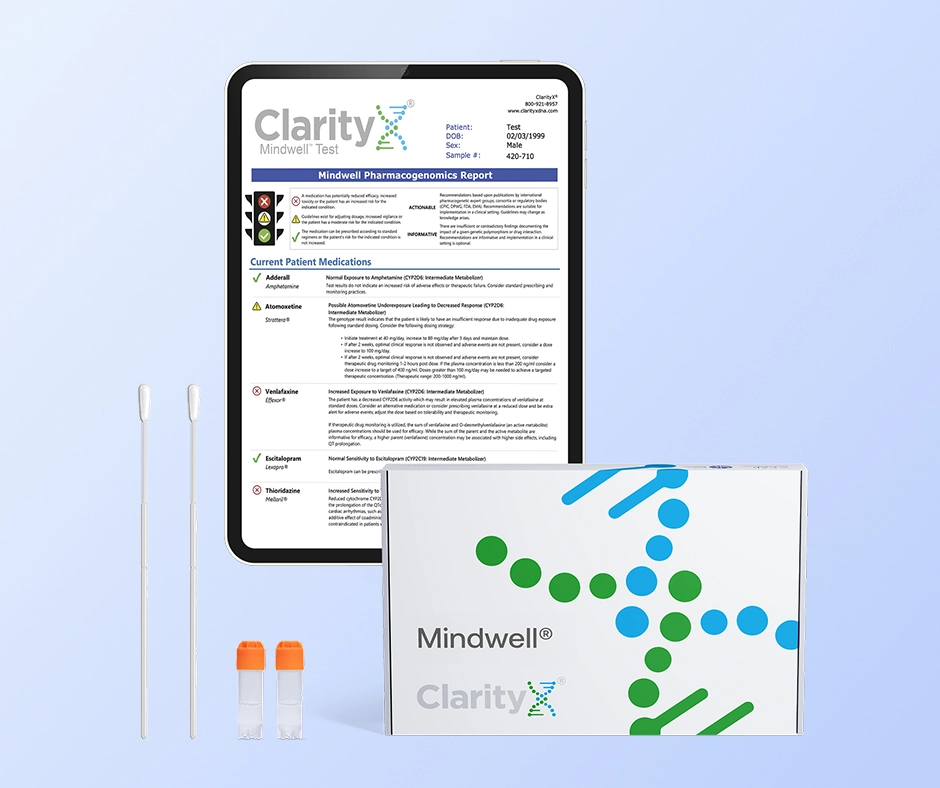Summer Sale! Save 25%
ZOFRAN is a 5-HT3 receptor antagonist indicated for the prevention of:
• nausea and vomiting associated with highly emetogenic cancer chemotherapy, including cisplatin greater than or equal to 50 mg/m2 . (1)
• nausea and vomiting associated with initial and repeat courses of moderately emetogenic cancer chemotherapy. (1)
• nausea and vomiting associated with radiotherapy in patients receiving either total body irradiation, single high-dose fraction to the abdomen, or daily fractions to the abdomen. (1)
• postoperative nausea and/or vomiting.
The most common adverse reactions in adults for the:
• prevention of chemotherapy-induced (greater than or equal to 5%) are: headache, malaise/fatigue, constipation, diarrhea. (6.1)
• prevention of radiation-induced nausea and vomiting (greater than or equal to 2%) are: headache, constipation, and diarrhea. (6.1)
• prevention of postoperative nausea and vomiting (greater than or equal to 9%) are: headache and hypoxia. (6.1)
- 7.1 Serotonergic Drugs Serotonin syndrome (including altered mental status, autonomic instability, and neuromuscular symptoms) has been described following the concomitant use of 5-HT3 receptor antagonists and other serotonergic drugs, including selective serotonin reuptake inhibitors (SSRIs) and serotonin and noradrenaline reuptake inhibitors (SNRIs). Monitor for the emergence of serotonin syndrome. If symptoms occur, discontinue ZOFRAN and initiate supportive treatment [see Warnings and Precautions (5.3)]. 7.2
- Drugs Affecting Cytochrome P-450 Enzymes Ondansetron does not itself appear to induce or inhibit the cytochrome P-450 drug-metabolizing enzyme system of the liver [see Clinical Pharmacology (12.3)]. Because ondansetron is metabolized by hepatic cytochrome P-450 drug-metabolizing enzymes (CYP3A4, CYP2D6, CYP1A2), inducers or inhibitors of these enzymes may change the clearance and, hence, the half-life of ondansetron. In patients treated with potent inducers of CYP3A4 (i.e., phenytoin, carbamazepine, and rifampin), the clearance of ondansetron was significantly increased and ondansetron blood concentrations were decreased. However, on the basis of available data, no dosage adjustment for ZOFRAN is recommended for patients on these drugs [see Clinical Pharmacology (12.3)]. 7.3
- Tramadol Although no pharmacokinetic drug interaction between ondansetron and tramadol has been observed, data from 2 small trials indicate that when used together, ZOFRAN may increase patient-controlled administration of tramadol. Monitor patients to ensure adequate pain control when ondansetron is administered with tramadol. Reference ID: 4011596 7.4
- Chemotherapy Carmustine, etoposide, and cisplatin do not affect the pharmacokinetics of ondansetron. In a crossover trial in 76 pediatric patients, intravenous ondansetron did not increase systemic concentrations of high-dose methotrexate. 7.5
- Alfentanil and Atracurium ZOFRAN does not alter the respiratory depressant effects produced by alfentanil or the degree of neuromuscular blockade produced by atracurium. Interactions with general or local anesthetics have not been studied.
Hypersensitivity reactions including anaphylaxis and bronchospasm: Discontinue ZOFRAN if suspected. Monitor and treat promptly per standard of care until signs and symptoms resolve. (5.1)
• QT interval prolongation and Torsade de Pointes: Avoid in patients with congenital long QT syndrome; monitor with electrocardiograms (ECGs) if concomitant electrolyte abnormalities, cardiac failure or arrhythmias, or use of other QT prolonging drugs. (5.2)
• Serotonin syndrome: Reported with 5-HT3 receptor antagonists alone but particularly with concomitant use of serotonergic drugs. If such symptoms occur, discontinue ZOFRAN and initiate supportive treatment. If concomitant use of ZOFRAN with other serotonergic drugs is clinically warranted, patients should be made aware of a potential increased risk for serotonin syndrome. (5.3)
• Masking of progressive ileus and/or gastric distention following abdominal surgery or chemotherapy-induced nausea and vomiting: Monitor for decreased bowel activity, particularly in patients with risk factors for gastrointestinal obstruction. (5.4)
• Phenylketonuric patients should be informed that ZOFRAN ODT orally disintegrating tablets contain phenylalanine (a component of aspartame). Each 4-mg and 8-mg orally disintegrating tablet contains less than 0.03 mg phenylalanine. (5.5)


